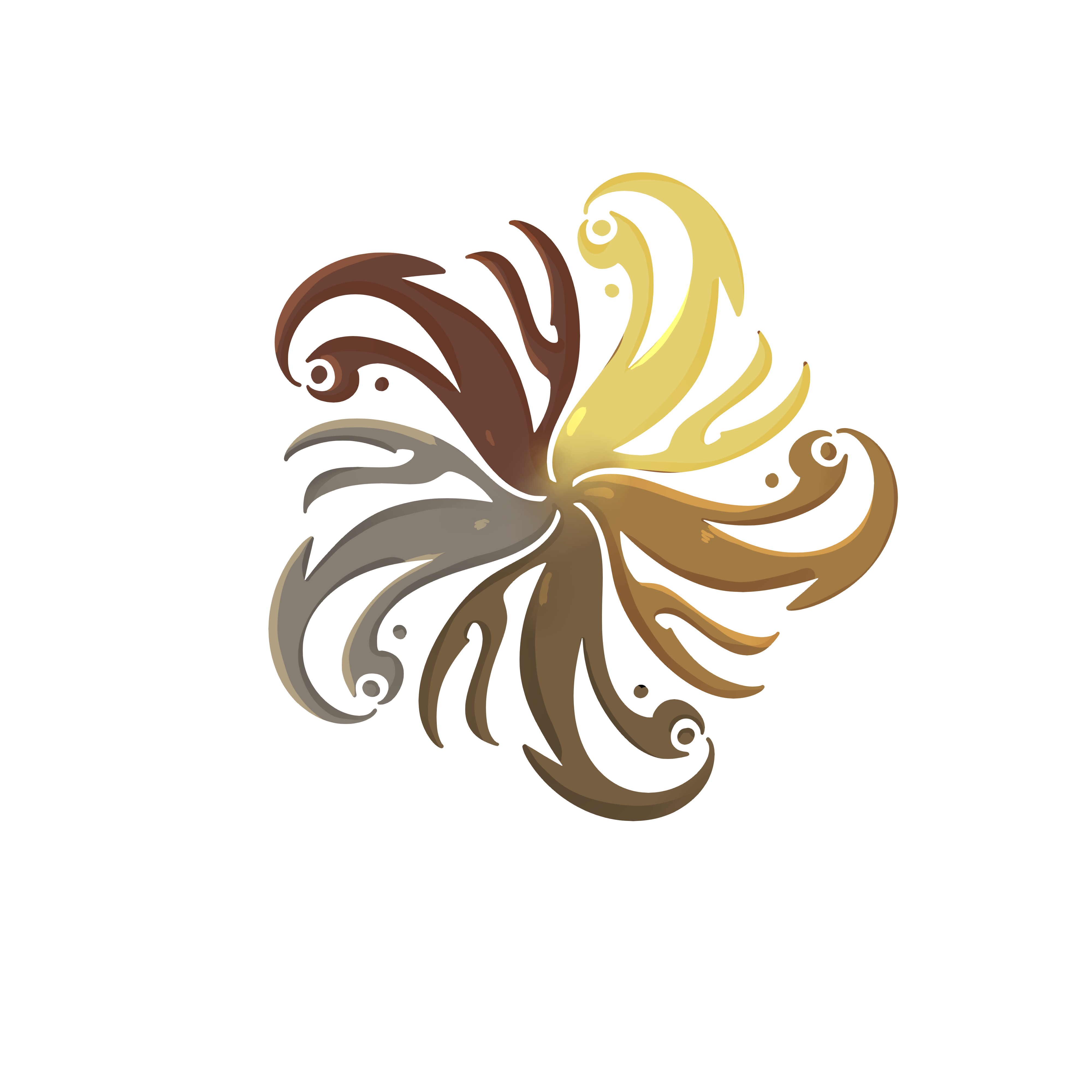Pantheon Resonance
Writing System
The writing system of Pantheon Resonance incorporates divine symbols and runes, especially when referring to specific gods. These symbols are integrated into the script to denote divine influence and add a layer of meaning. The script is flowing and elegant, resembling celestial patterns.
Phonology
The phonology of Pantheon Resonance is characterized by a melodic and rhythmic quality, reflecting the divine nature of its inspiration. Each deity's name carries specific phonetic markers that influence the pronunciation of related terms. For instance, words derived from Lathander will have a bright, open sound, whereas words from Talona will have harsher, more constricted sounds.
Morphology
In Pantheon Resonance, morphemes related to gods are embedded in everyday words to convey their influence. Prefixes and suffixes are often used to modify words. For example, the suffix “-el” (from Selûne) might be added to words associated with the moon or night, like “moonal” (meaning lunar). Compound words are frequently created by combining a deity's name with an ordinary term, such as "Tormguard" for a steadfast protector.
Syntax
The syntax of Pantheon Resonance is relatively flexible but tends to place divine elements prominently within sentences. For instance, invoking a deity's name often comes at the beginning or end of a sentence for emphasis, such as "In Tymora's luck, we proceed," or "We proceed, blessed by Tymora."
Vocabulary
The vocabulary is richly infused with references to deities. Common words and phrases are substituted with divine equivalents. "Hello" might become "Lathander's light to you," and "Goodbye" could be "Go in Helm's protection." Everyday activities and objects also have divine-inspired names, like "Malar's hunt" for a challenging task or "Mystra's weave" for a complex situation.
Phonetics
The phonetics emphasize clear enunciation of deity names and related terms. Stress is placed on the syllables associated with the gods, making their names resonate within the speech. For example, the name "Heironeous" will have a strong emphasis on the first and last syllables, HEI-ro-NE-ous.
Tenses
The tense system is straightforward, with past, present, and future tenses. However, divine actions are often described using a timeless aspect, reflecting the eternal nature of the gods. For instance, "Torm defends" might be used in place of "Torm defended" or "Torm will defend," indicating his ongoing protection.
Sentence Structure
Sentences often begin with a deity's name or title to set the tone and context. Questions and exclamations frequently invoke a deity's name at the end for emphasis. For example, "Will you join us, in Helm's name?" or "This is magnificent, by Lathander!"
Adjective Order
Adjectives follow the standard order of opinion, size, age, shape, color, origin, material, and purpose, but divine adjectives often come first. For example, "Mystra's ancient, blue tome" or "Lathander's bright, golden sun."
Structural Markers
Structural markers include specific particles and conjunctions that indicate divine influence. Words like "by," "in," and "through" are often replaced with divine equivalents, such as "through Mystra" instead of "through magic."
Common Phrases
Common phrases are heavily laden with divine references. Greetings, farewells, blessings, and curses all invoke deities. Examples include "Selûne's light guide you" for a farewell, or "By Shar's shadow" for expressing surprise or fear.Other Rules & Structure:
The use of Pantheon Resonance is marked by respect and reverence. Misusing or invoking a god's name frivolously is considered a serious faux pas. There are also idiomatic expressions unique to this language, such as "Waukeen's fortune" meaning a great deal or opportunity, and "Talona's touch" indicating misfortune or illness.By adhering to these linguistic rules and structures, Pantheon Resonance becomes a rich, immersive language that seamlessly integrates the divine into everyday communication. This practice not only reflects reverence for the gods but also enriches the cultural and social fabric of the community that speaks it.



Omg, that is an extensive table.... I LOVE IT
That was the longest thing to create on this whole thing. It gives good examples to players who want to follow those gods.